 The rally king Lancer Evolution X is here. Adhish Alawani gets behind the wheel of this Mitsubishi and can’t stop grinning, quite literally
The rally king Lancer Evolution X is here. Adhish Alawani gets behind the wheel of this Mitsubishi and can’t stop grinning, quite literally
Monday morning is something that a professional generally hates and wishes that the weekend prior to it never ended. That is of course the case if you are a labourer in the IT industry or an MBA holder who has to go back to office and face the routine administrative chores. However, in case you happen to be an automotive journalist who has a date with a gorgeous beauty that would give you all the pleasures you ask for in the first meeting itself, then you don’t mind getting up at 3 O’clock on a Monday morning and set out to meet her a thousand kilometers away from your home, do you? I don’t.
After flying for an hour and forty minutes to Chennai and cabbing it for another half an hour in the city, I reached the Mitsubishi showroom where the Lancer Evo X was waiting for me. Dressed in Orient Red, the Evo X looked stunning. The last time I had seen the exact version of Evo was in Japan in 2008 at the Asia Pacific Rally Championship. At that time, the car had not been homologated for race use outside Japan and so the Evo Xs that ran there were just a part of the Japanese Rally Championship and not APRC. However, the car has now reached the international racing scene and in the last two rounds of the 2010 season, Katsu Taguchi has taken victories in the Evo X. In fact all the podium finishers of APRC’s last round were driving Evo Xs. That itself tells the story. The Evo X is not just any other car. It is an evolution that has evolved through ten stages and has matured into a machine that is a potential winner. Anyways, getting back to the Evo that was standing right in front of me, I was all set to exploit every bit of the technological advancements that had been incorporated in this rally bred, road going machine.
To start off with, the Evo X that comes to India is the FQ300 model. 300 because its 295PS and FQ because its F**king Quick. Mitsubishi have quite literally named it that way and there is no reason why they shouldn’t. The 2.0-litre turbocharged motor that does duty under the hood is a gem. Being a low capacity engine, it needs to be worked up a bit to get the real juice out of it. Take it past 2500rpm and you start realizing that this is a no-nonsense machine. Beyond 3500rpm, it is nowhere close to being a typical saloon; it is a wild beast set on fire with 407Nm of torque. In fact, the torque curve practically remains more or less flat through 3000 to 5000rpm giving you the most exciting drive through that rev range.
An extremely responsive throttle and a very linear power delivery create a brilliant connection of the driver with the powerplant. What I really missed though, is the rawness and riotous feel and the growl that you would expect from a rally machine. The refinement and smoothness of the engine can actually kill all the hype that you might have in your mind. But really, don’t be deceived by its tranquility as it is a lot more promising than you think.
While that is the story of the engine, the real potential of the Evo X cannot be talked about without considering the four-wheel drive system that goes into the car. Christened as S-AWC (Super All Wheel Control), the Japanese company claims this one to be the most advanced four-wheel drive hardware to be used on a road going car. It is basically a unification of quite a lot of things like ABS, AYC (Active Yaw Control) and ACD (Active Centre Differential) into one ASC (Active Stability Control). That is a lot of acronyms for technologies going into one car, isn’t it? So what does each one of them do? The ACD does electronic calculations and decides optimal torque split between the front and rear axles and distributes it via a hydraulic multi-plate clutch. The AYC, on the other hand, is electronically controlled rear differential, which takes information about the longitudinal and lateral acceleration, steering angle and wheel speed and distributes torque between the rear wheels as per the requirement. Thus, the ASC, which is a combination of ABS, ACD, AYC, is technically an active traction control unit that regulates the engine power and brake force distribution to wheels in order to provide the best stability under any driving conditions. All sounds a bit too much of electronics, isn’t it? Well, to add to it, you have switches to toggle the S-AWC settings from Tarmac to Gravel to Snow.
|
|
|
|
|
The 2.0-litre turbo motor is refined and extremely potent. Expect 0-100km/h in six point something |
Aluminum pedals add to the sporty attitude |
Spacious cabin, but the plastics are not up to the mark |
You also have the option of switching off the ASC just in case you thought you could be smarter than the electronics (you might want to do it if you like a bit of insanity in your driving). All this really seemed to be super fascinating to me. However, with strict instructions from Mitsubishi of sticking to the tarmac, I was deprived of serious off-road action. Not that I didn’t indulge in some dusty, sandy terrains, but it wasn’t enough – at least it doesn’t feel enough till you have the car sideways. There was another factor that was keeping me away from the off-road surfaces. Tyres. 245/40-R18 (low profile) Dunlops that have already done a couple of track days are not a good idea off the tarmac. Every small pebble on the off-road surface made its presence felt due to these tyres. Though the rubbers are brilliant on smooth roads, they are a complete disaster once you are off the tarmac.
Getting back to the performance of the car on the tarmac, I cannot resist saying this: the X is nothing short of sheer brilliance. First of all, it climbs up the speeds before your brain can register what is happening and secondly, it tackles the corners with incredible stability. The credit for this stability also goes to the amazing suspension doing its duties in the X. The Eibach springs are sufficiently stiff to give precise feedback in corners and at the same time perfect for daily use in the city. Another very important aspect about the Evo X that successfully impressed me is its transmission. The FQ300 model that has come to us is the top of the line trim equipped with a six-speed automated manual transmission with paddle shifters, features the twin clutch system that assures super quick and smooth shifts through the cogs. You also get an option of Normal or Sport mode. While Normal mode usually shifts gears at around 3000rpm, it can take you all the way to the redline, i.e., 7000rpm in case you have the pedal floored. Put the damn thing in manual paddle shift mode and be ready for action beyond the redline. The tranny won’t shift automatically and will rev all the way to the limiter. In Sport mode, the revs are held on higher, just like any other auto box with a Sport mode.
It all sounds too good. But hold on, this is not the end of it. The best part is still to come. The Lancer Evo X is practically a four-door, four-seat saloon. Getting in and out of this car is not a pain. Ample legroom is on offer at the front as well as at the back. You can drive it everyday to work. It has a full-size spare wheel. In short, this Mistubishi is a car that has all the practicality squeezed into it while not forgetting that it is the Lancer Evolution X. It’s not that this car doesn’t have downsides, it does. For instance, the interiors are not up to the mark. The switches are basic. Front seats are the fantastic rally Recaro ones and hence lack height adjustability. But at the end of the day, there is something that needs to be compromised. And for whatever you are getting from the Evo X, a little bit of compromise is definitely justified. The pricing of the car will be announced later this month and that is one factor that will decide the fate of the machine in the Indian market. A tag of Rs 45 lakh (ex-showroom) is what the sources say. What we say? A perfect enthusiasts’ car for a drive through the weekdays and the weekends!
 |
 |
 |
|
The slant tail lamps with integrated turn signals describe pure Japanese design lines |
A full-size spare wheel sits under the matting in the boot |
Beautifully crafted BBS alloy wheels are a seduction to look at |












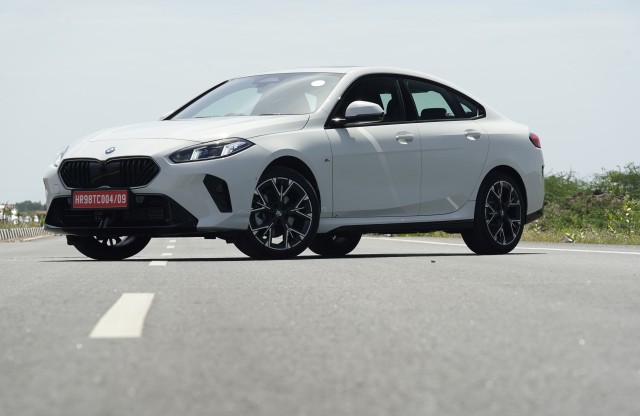
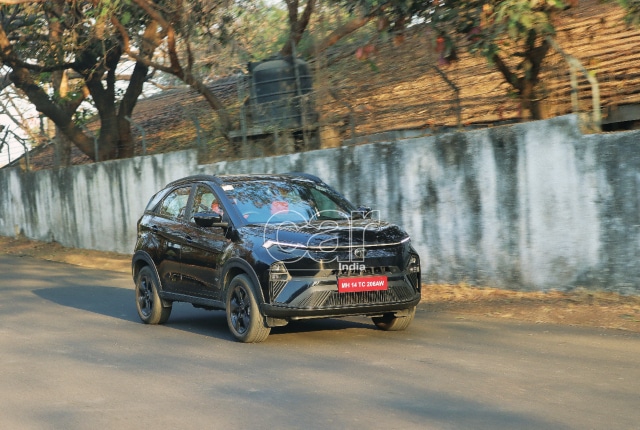

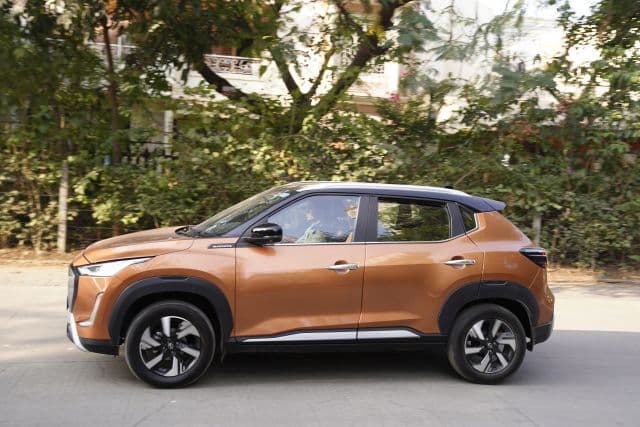
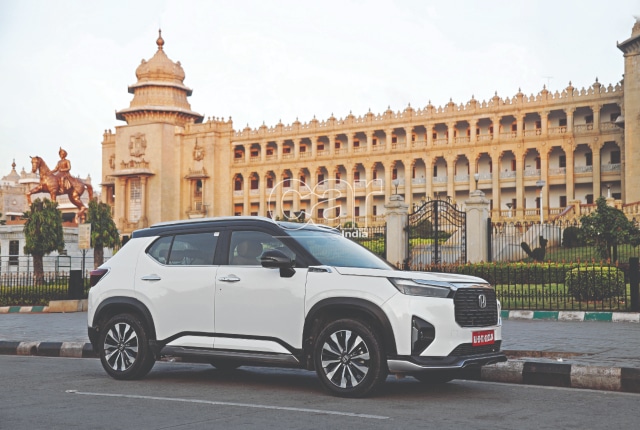
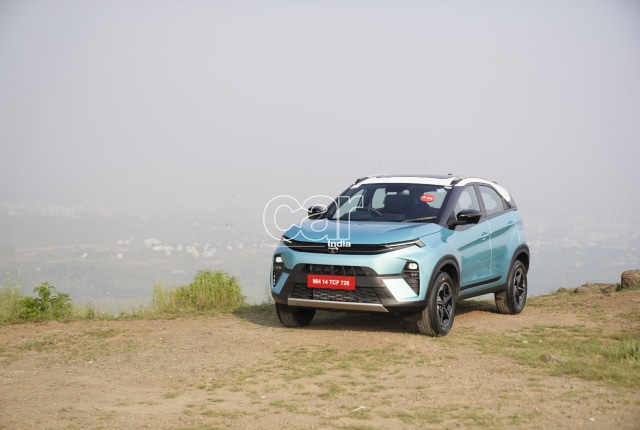
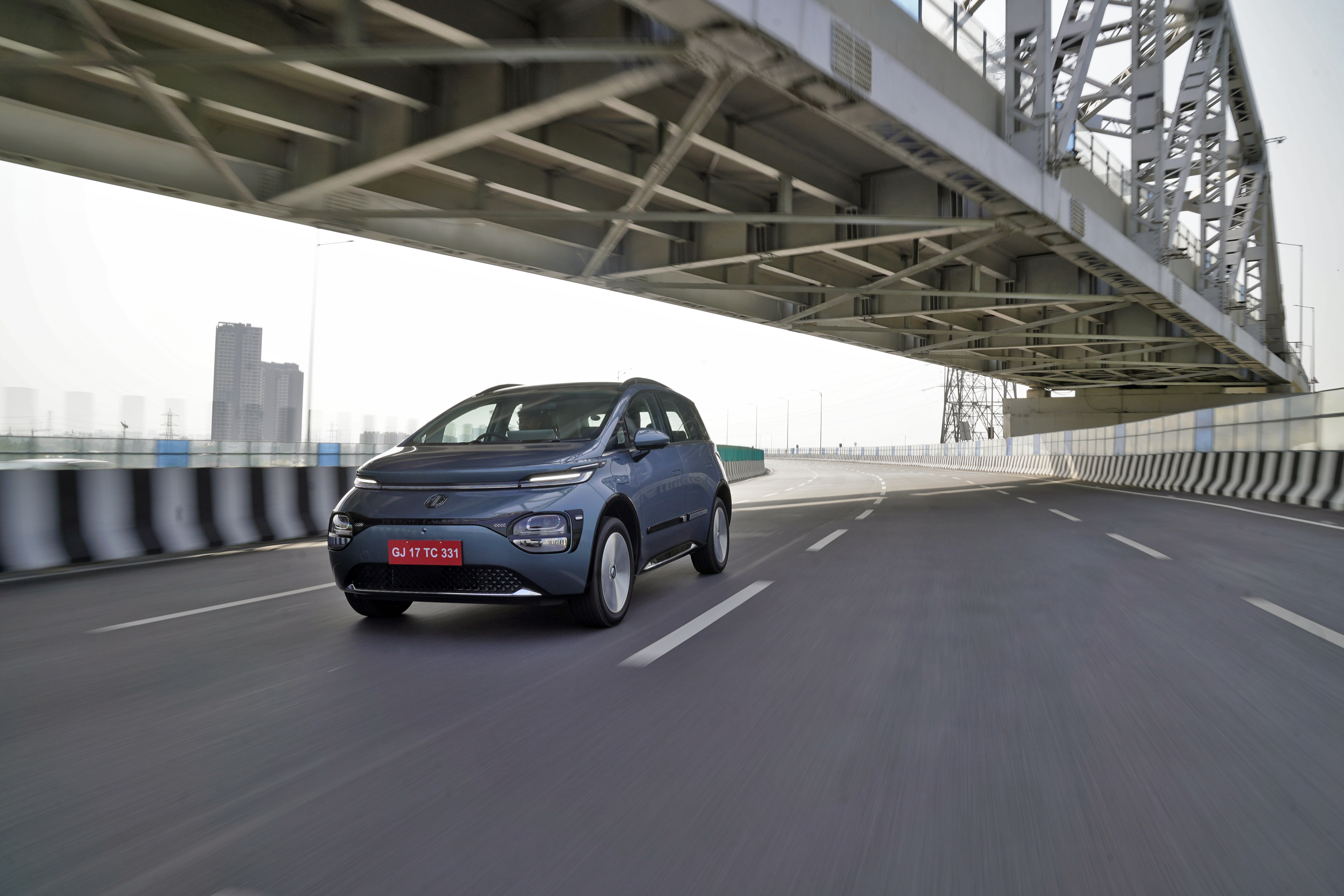
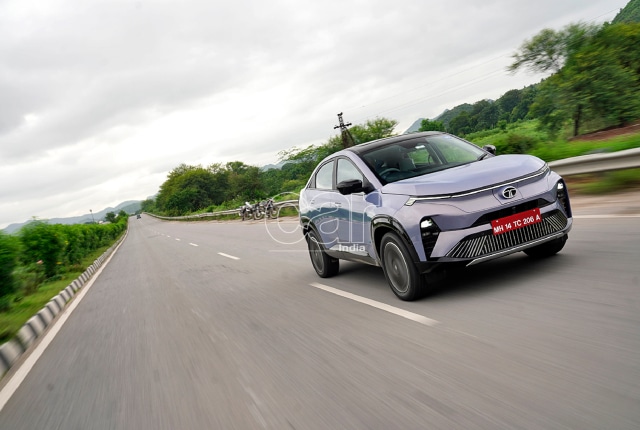
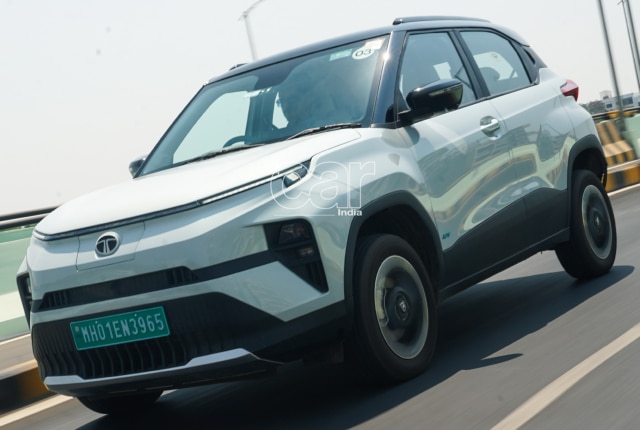




Leave a Reply